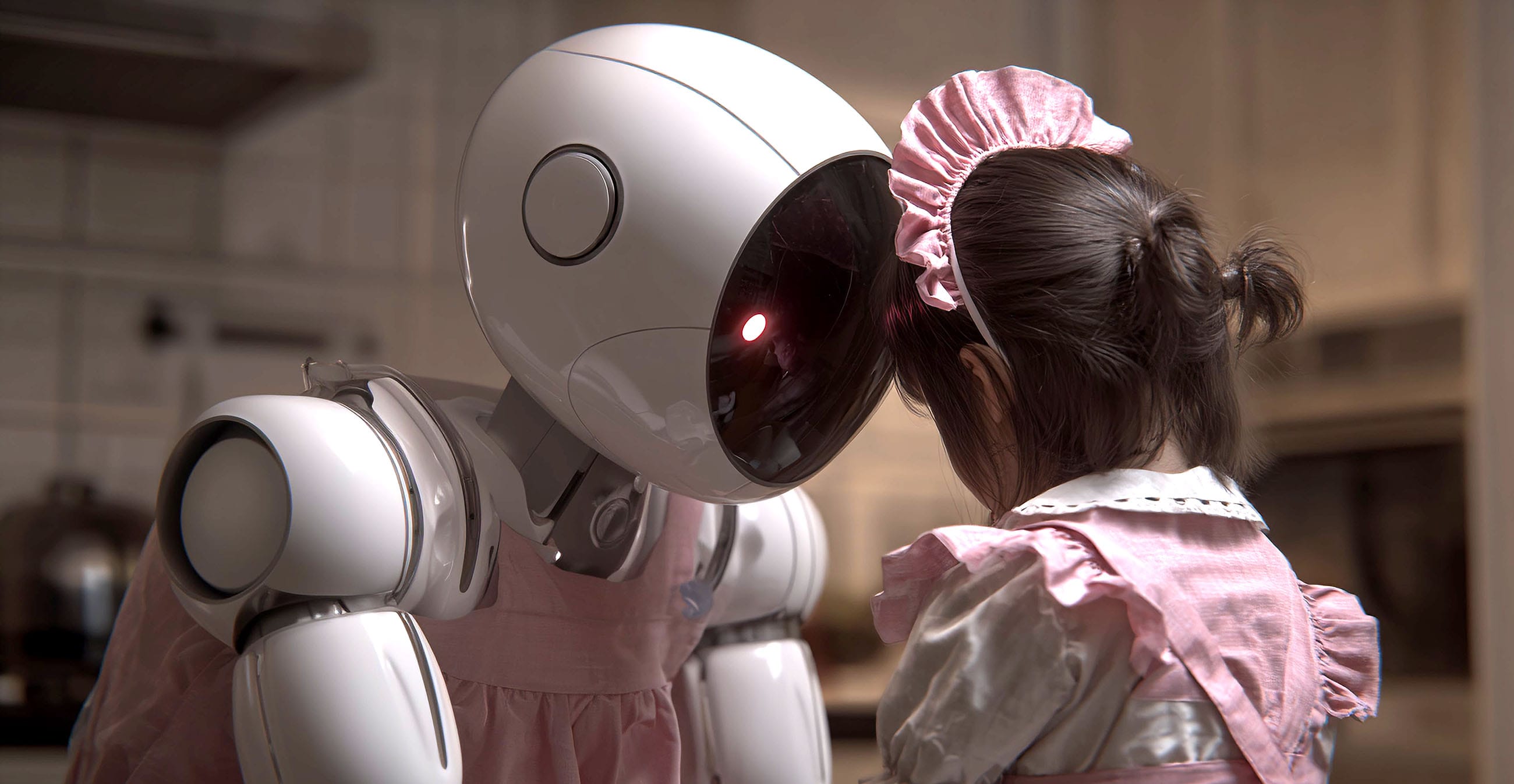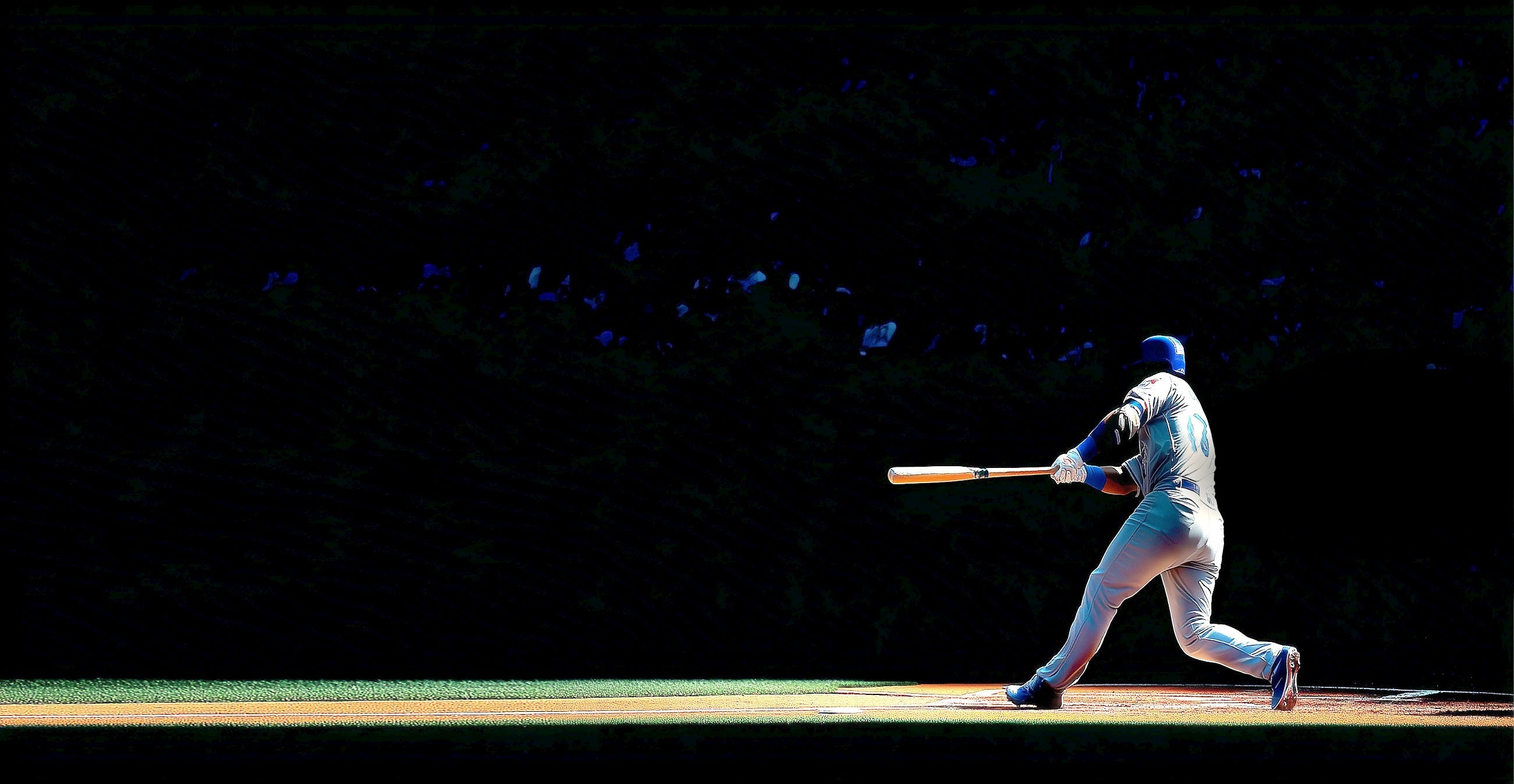A single moment can redefine existence. For Noland Arbaugh, that moment came not in the shattering instant of a 2016 swimming accident that left him paralyzed, but eighteen months ago, when he became the first human to receive Neuralink’s revolutionary brain-computer interface. This coin-sized marvel, embedded in his motor cortex, has woven a digital thread between his thoughts and the world, granting him a renewed sense of agency. His story is not just a tale of technological triumph but a profound meditation on what it means to be human in an age where minds can merge with machines.
A Leap Beyond the Body
Imagine controlling a computer cursor with a fleeting thought, playing video games like Mario Kart, or studying for hours without lifting a finger. For Arbaugh, a 31-year-old quadriplegic, this is no longer imagination but reality. Neuralink’s N1 implant, with its 1024 electrodes across 64 hair-thin threads, captures neural signals and translates them into digital commands. Arbaugh uses the device for up to ten hours daily, navigating screens, reading, and gaming with a fluidity that once seemed lost forever. This technology, surgically implanted by a robotic system, bypasses the physical barriers of paralysis, offering a glimpse into a future where the mind’s intent can reshape reality.
The Courage to Pioneer
Choosing to be Neuralink’s first human participant was not a decision made lightly. Arbaugh faced risks of infection, brain damage, and the unknown. Yet, his resolve was fueled by a deeper purpose: to reclaim his independence and pave the way for others. The surgery, performed in under two hours at Barrow Neurological Institute, was a success, with Arbaugh leaving the hospital the next day. His courage reflects a timeless human drive to push beyond limitations, not just for oneself but for the collective good. As he puts it, even if the implant failed, it would help someone down the road.
Navigating Setbacks with Resilience
The journey was not without challenges. Shortly after surgery, some of the implant’s threads retracted, reducing functionality. Arbaugh chose silence, trusting Neuralink’s engineers to find a solution. Through recalibrated algorithms and enhanced signal translation, the team restored and even improved the device’s performance. This resilience, both technological and human, underscores a truth: progress is rarely linear. Arbaugh’s ability to adapt, to find joy in small victories like outpacing friends in video games, speaks to the indomitable spirit that technology can amplify but never replicate.
A Philosophical Mirror
Beyond its practical marvels, Neuralink’s implant invites us to ponder our essence. Arbaugh jokingly calls himself a cyborg, yet insists he remains a regular guy. This duality raises profound questions: Where does humanity end and technology begin? As we integrate devices into our very being, do we become something more or risk losing ourselves? The implant, a digital bridge to the world, challenges us to redefine identity in an era where thoughts can command machines. It whispers of a future where human potential might transcend the body, yet it also urges caution, reminding us to cherish the fragile, beautiful core of our existence.
A New Chapter of Possibility
Eighteen months after his surgery, Arbaugh’s life brims with purpose. He studies, games, and even contemplates launching a business, inspired by the autonomy Neuralink has restored. His story is a beacon for others with paralysis or neurodegenerative diseases, offering hope that technology can unlock doors long thought sealed. As Neuralink expands its trials, with eight more participants and counting, Arbaugh’s journey stands as a testament to human ingenuity and resilience. It is a reminder that, in the dance between mind and machine, the human spirit leads, forever reaching for new horizons.





